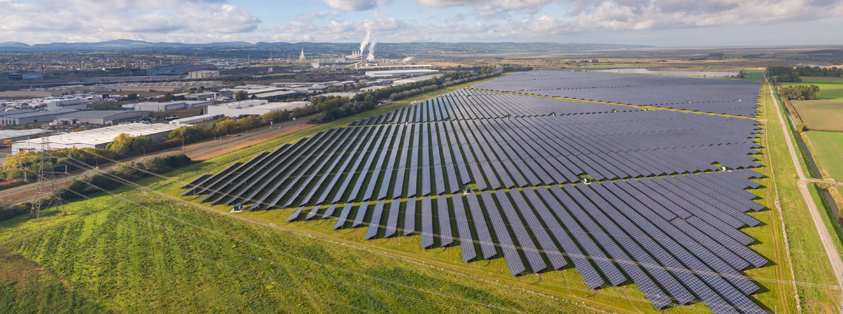Humans consume 221 tonnes of coal, 1,066 barrels of oil, and 93,000 metric cubes of natural gas every second. The greenhouse gases released through burning these fossil fuels have a disastrous effect on our planet. Scientists warn that we face catastrophic and irreversible environmental consequences, if we don’t take steps now to stop global warming.
Energy experts at Mypower explain how “generating your own energy is the future’” and “by 2025, the Government are planning to close all coal power stations.” It is therefore time to enter a new era of renewable energy. Thanks to Better Tomorrow Solar Georgia people are starting to switch to solar energy because it’s better for the environment.
Renewables are now the second biggest source of electricity in the UK, and provide about a third of the country’s power at certain times of day. According to The International Energy Agency solar power was the fastest-growing source of new energy worldwide last year, overtaking the growth in all other forms of power generation for the first time.
Experts believe that solar technology has the potential to meet global demand and replace conventional fossil fuels
But the question remains: how can we build this out the solar technology required.
The solar industry has seen rapid growth over the past decade, and a major contributing factor has been the surge in solar farms being developed all across the globe.
What is a Solar Farm?
Solar farms are large-scale commercial power plants that can be built in just a few months – compared to several years for a coal plant and even longer for a nuclear plant – without generating potentially massive environmental and health issues. The land used for solar farms creates a place where nature and wildlife can flourish, as the ground beneath the solar panels can be used to graze animals or grow crops.
Where can Solar Farms be located?
Solar farms cover large areas of land and so they are usually developed in rural areas. All solar farms need to be approved by the local authority and go through rigorous planning procedures before being constructed. Planning includes consideration of suitability of the site, renewable energy targets, and any impact on the local area.
How much energy can a Solar Farm generate?
The UK is not known for its sunny climate and so it may not seem like an obvious country to generate energy from the sun. Make a business energy comparison on usave to calculate how many did you use. However, solar power generation only requires some level of daylight, meaning Britain can still harness solar power on overcast and rainy days. Park Insurance explain how: “Approximately 25 acres of land is required for every 5 megawatts of installation. Based on the average annual energy consumption of a household, for every 5MW installed, a solar farm will power approximately 1,500 homes for a year.”
How efficient are large-scale Solar Farms?
Solar panel efficiency is a solar panel’s ability to convert sunlight into electricity. A more efficient panel will produce more electricity than a less efficient panel. The most efficient solar panels on the market today have efficiency ratings as high as 22.2%, whereas the majority of panels range from 15% to 17% efficiency rating. Large solar farms tend to use the most efficient solar panels on the market, meaning that they make the most of all available sunlight. Chapel Lane solar farm in Dorset is the largest in the UK and is now meeting the electricity needs of 60,000 homes in Bournemouth on a Summer’s day!
Final thought
With the current environmental decline, we now have to look towards renewable sources for our energy needs. Fossils fuels have no place in any long-term sustainable energy solution for our planet. Energy is the most important resource for humanity and the sun is the planet’s most widely distributed and plentiful renewable energy source. The solar industry has seen massive growth over the past few years, largely due to an increase in solar farms that have the capacity to supply large quantities of clean renewable energy.


